Translations of Survey fields
Applies to version: 2023 R3 and above; author: Krystyna Gawryał
Introduction
The users of WEBCON BPS Designer Studio have a number of form fields at their disposal, thanks to which the forms prepared by them can take a variety of forms, and the end users of the system can easily exchange written information. One of the groups of form fields available in the system are Survey fields, including Choice list and Rating scale. With their help it is possible to prepare questionnaires and thus to obtain the opinion of users/respondents on a selected topic.
Version 2023 R3 of WEBCON BPS introduced the possibility to translate elements of these form fields, i.e. questions, answers, descriptions, and available options.
This article describes the peculiarities of the mentioned functionality on the example of its use in a company.
Business case
An IT company provides training on the use of its product/software. The trainings are international and their target group are people who speak different languages. After each training course, a survey is conducted among the participants to collect their opinions about the course. Previously, the survey was only available in English, but now the organizers would like it to be available in different languages, depending on the region and language of the course. Recently, the course has been most popular in the DACH region and is conducted in German, so the organizers want to make the materials provided to participants more linguistically consistent.
Configuration
The survey is made available to the course participants as a workflow instance that is configured using the Choice list and the Rating scale survey fields.
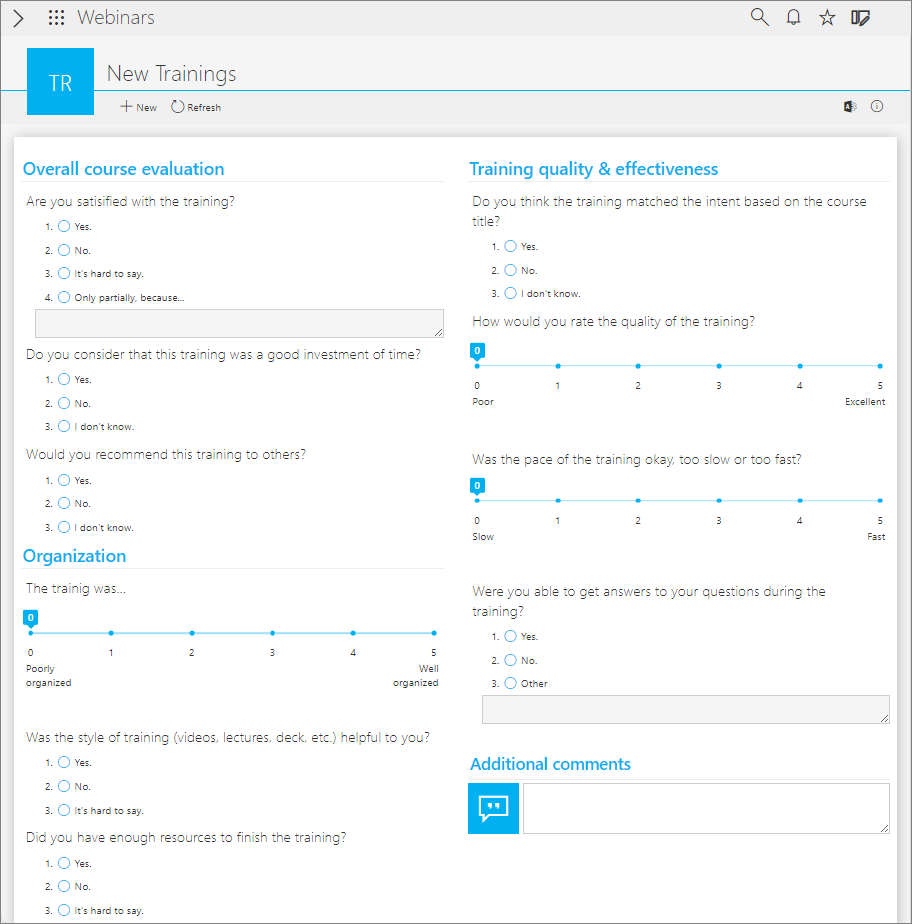
Fig. 1. The original language version of the survey for training participants
Choice list
If you go to the advanced configuration of one of the Choice list fields in Designer Studio, you can see that in version 2023 R3 the Translations icon appears next to the question content:
![]()
Fig. 2. Choice list advanced configuration window with the Translations icon marked
After selecting it, a window opens where you can enter the translation of the question content in the selected language. The list of available languages corresponds to the one defined in the System settings (Global parameters → Translation languages).
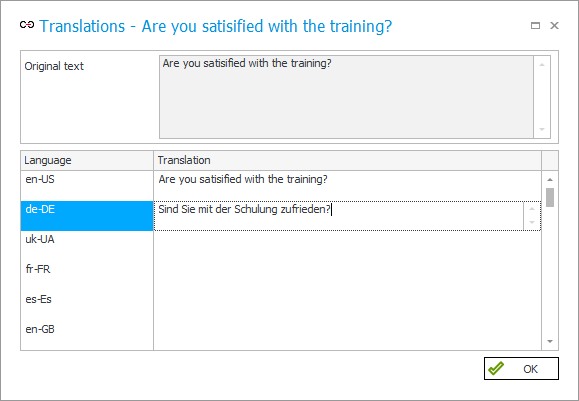
Fig. 3. Adding a translation of the question content – Choice list
Similarly, you can translate the content of the available answers – click on any answer to select it and display the Translations icon. Once selected, you can add the translation in the corresponding column.
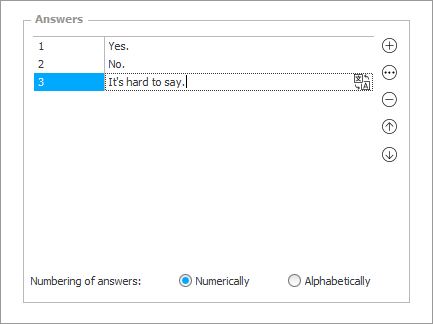
Fig. 4. Adding an answer translation – Choice list
If the form field has been configured by selecting the Show field to type answer checkbox, you can also add translations for the Description of this option.

Fig. 5. Adding a translation for the option description – Choice list
Similarly, enter translations for the remaining form fields of this type and save the changes.
Note: the total length of all phrases and answers configured for a Choice list, including their translations, cannot exceed 1000 characters. This is checked when the configuration is saved and on the form, where a user who enters an optional answer that is too long will receive a warning message.
Also, given the way configuration data are stored in the database, the following (sequences of) characters are not allowed in answers and their translations: "#", "$$", "|;".
Rating scale
In the case of this form field, questions and the descriptions of the minimum and maximum scale values can be translated. This is visible after switching to the advanced configuration of the form field in Designer Studio – Translations icons are now available next to the listed elements:
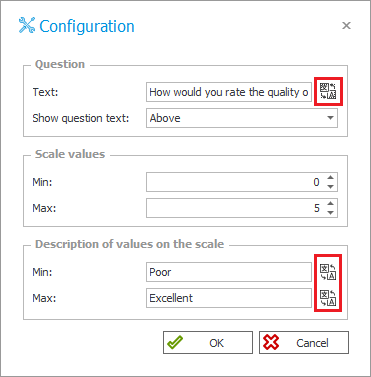
Fig. 6. Adding translations of the Rating scale elements
After clicking the mentioned icon, it is possible to enter equivalents of these form field elements in other languages.

Fig. 7. Adding a translation of the question content – Rating scale
Enter translations for all Rating scales available on the form and then save the changes.
The final result
After adding translations of the names of the groups of form fields and setting the Portal language to English, the questionnaire will look like this:
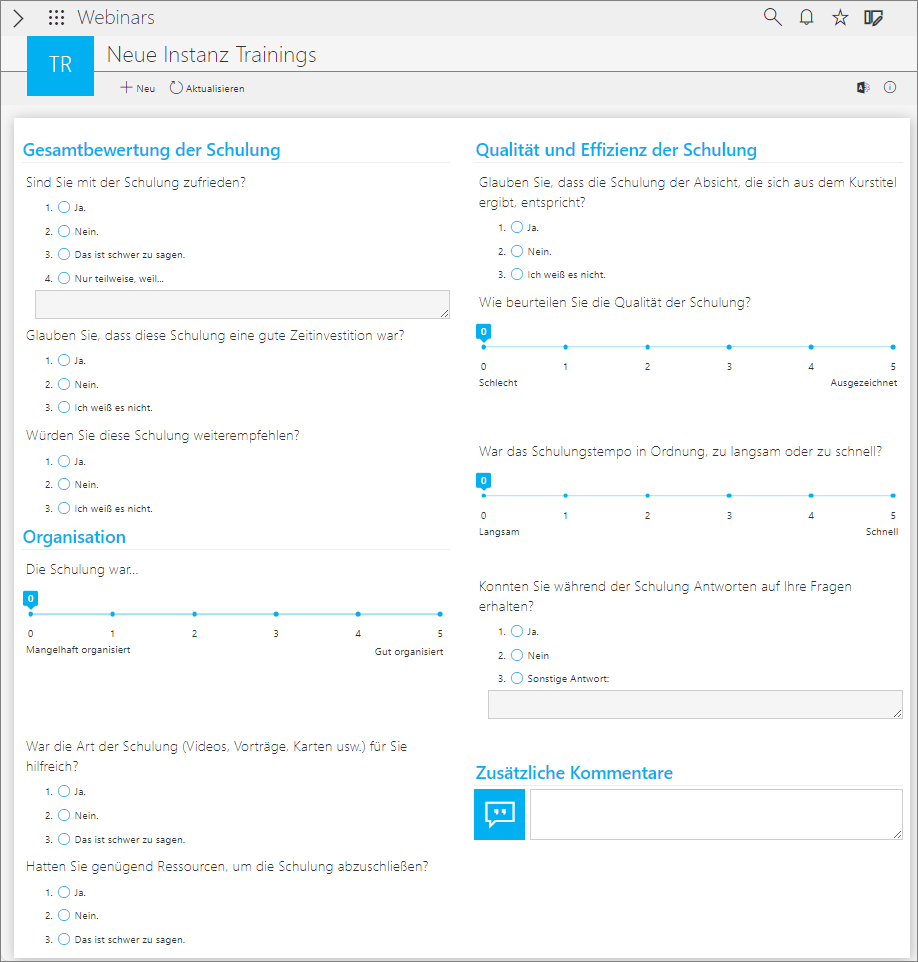
Fig. 8. Translated survey for training participants from the DACH region
Depending on their needs, the training organizers can create subsequent language versions of the questionnaire in a similar way.
Additional information
As previously mentioned, phrases of Survey fields with defined translations are displayed in the language selected in the User profile in Portal.
Values selected on the form for a Choice list that are available in other parts of the system (e.g. in Reports, My tasks, Rules, and Mass notifications) are also displayed in the language currently set in Portal. However, this does not apply to previously saved instances – once the translations have been configured, the form must be re-populated with the values of these fields in order for their translations to be visible.
It should be remembered that translations of form fields and their elements can also be added directly in WEBCON BPS Portal from the Form designer in Edit mode. After saving the changes, the corresponding language columns of the elements will automatically be filled with the values entered in the advanced configuration of the form fields in Designer Studio. Read the article for more information: From prototype to production-deployed application: Edit mode in WEBCON BPS Portal.
Summary
With the latest version of the system it is possible to introduce translations of options and values of Survey fields. This seemingly minor change is especially important for international research and consulting enterprises as well as for companies in the field of marketing research and market analysis. The functionality can also be successfully used by companies involved in public opinion research or using the so-called "customer experience" techniques. The availability of questionnaires in different language versions not only speeds up the work by eliminating the need to translate the data on the form each time, but also makes it possible to reach a larger number of respondents and, at the same time, helps to create a positive image of the company among foreign consumers and clients.

